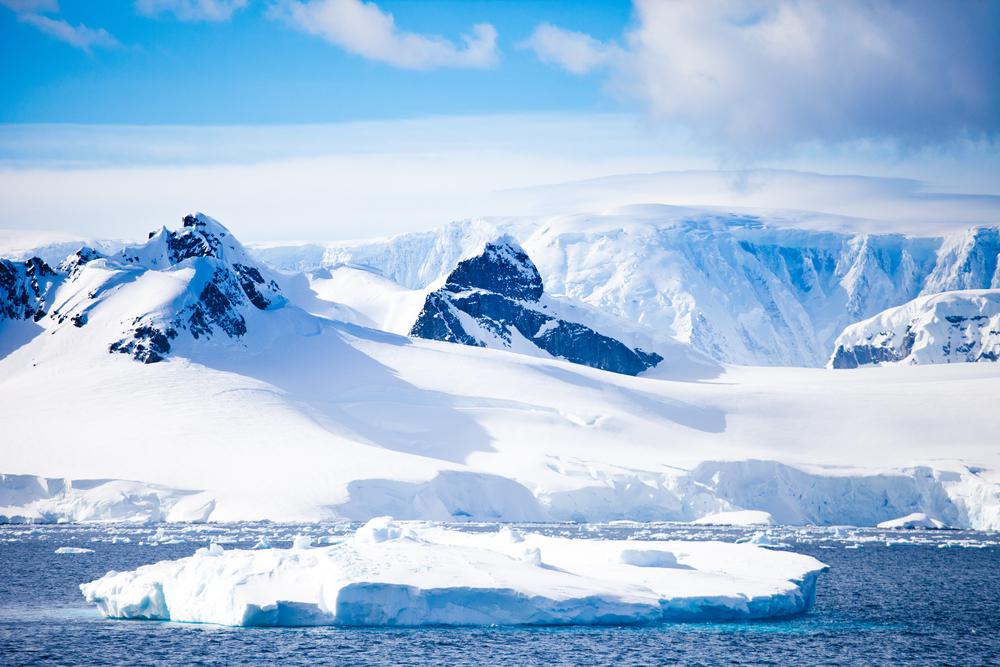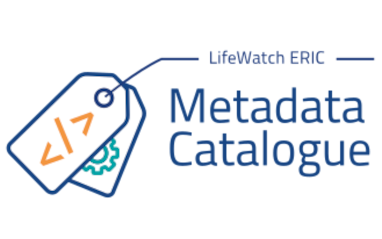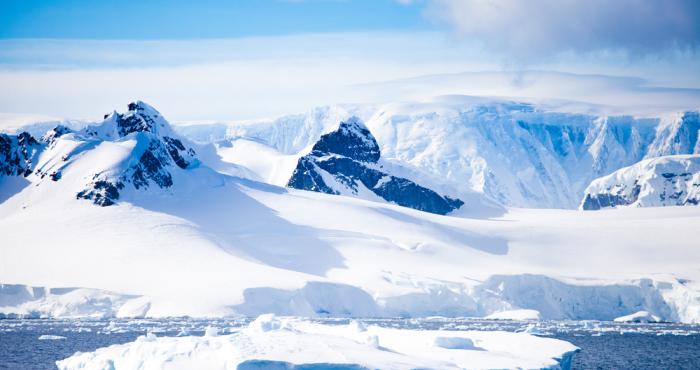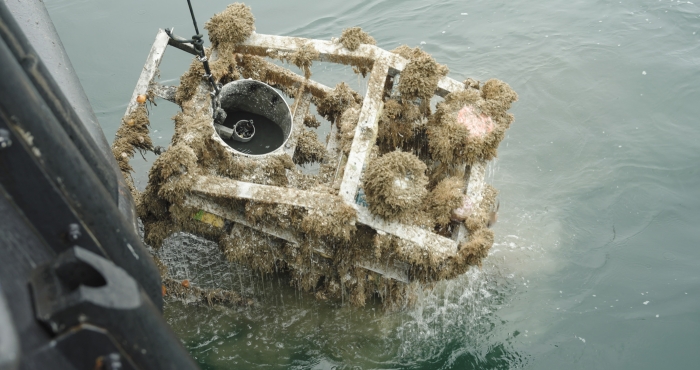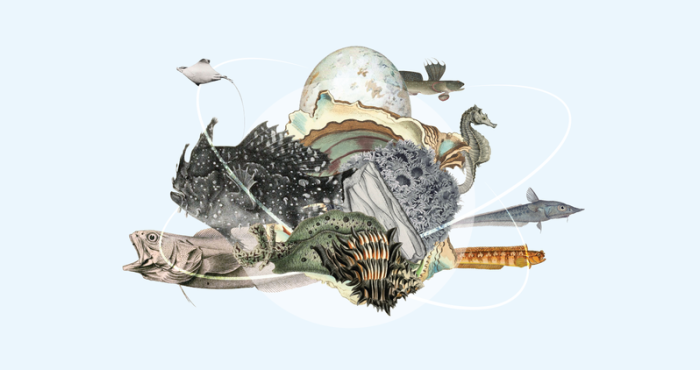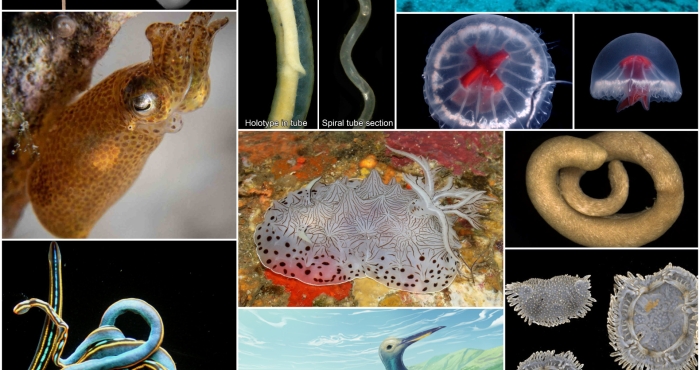
Antarctica
Antarctica, and especially the Southern Ocean, contains an unexpected biodiversity and abundant wildlife that might surprise people unfamiliar with this remote region. The Antarctic Biodiversity Portal works closely with the Scientific Committee on Antarctic Research to provide access to data and tools for understanding Antarctic marine and terrestrial biodiversity.
Why do we study Antarctica
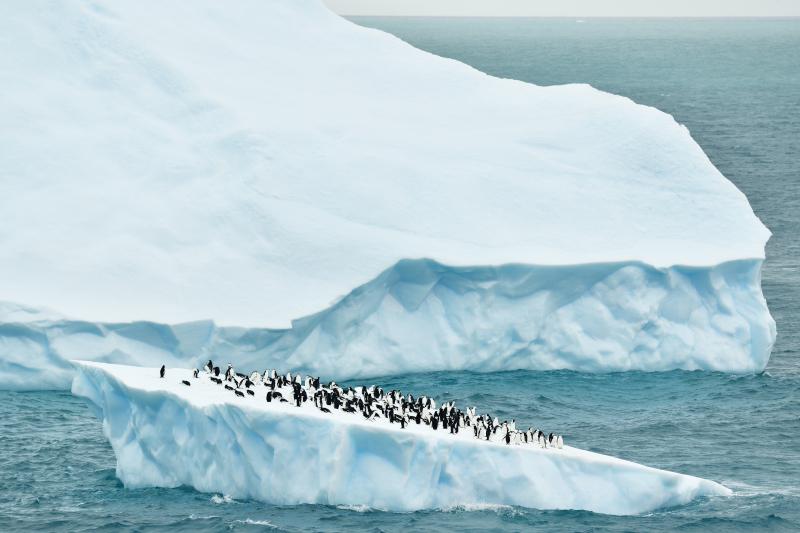
The Southern Ocean is a unique environment with a rich biodiversity, from marine mammals and seabirds to krill and thriving benthic communities. Many Antarctic species, such as krill and various fish species, are important living resources and have significant economic value.
The region is experiencing rapid change in some areas while remaining relatively untouched by human activities. At the same time, these ecosystems are under severe threat from climate change and other stressors. While our understanding of Southern Ocean biological processes (e.g. species distributions, feeding ecology, reproduction) has greatly improved in recent years, biological data for the region remains patchy and scarce.
Bringing together the large variety of biological data is an essential requirement to enable researchers to study and maintain healthy and stable ecosystems. Therefore an Antarctic Biodiversity Portal was set up to streamline all marine and terrestrial Antarctic biodiversity data.
What we do in LifeWatch
The Antarctic Biodiversity Portal works closely with the Scientific Committee on Antarctic Research (SCAR) to provide access to data and tools for understanding Antarctic marine and terrestrial biodiversity. It builds upon the Antarctic Register of Marine Species (RAMS), and forms the Antarctic Regional OBIS and GBIF node.
As of 2023, the Antarctic Biodiversity Portal no longer receives funding under the LifeWatch flag, but many of the systems and activities have been set -up and maintained over the years as part of the Belgian federal contribution to LifeWatch.
